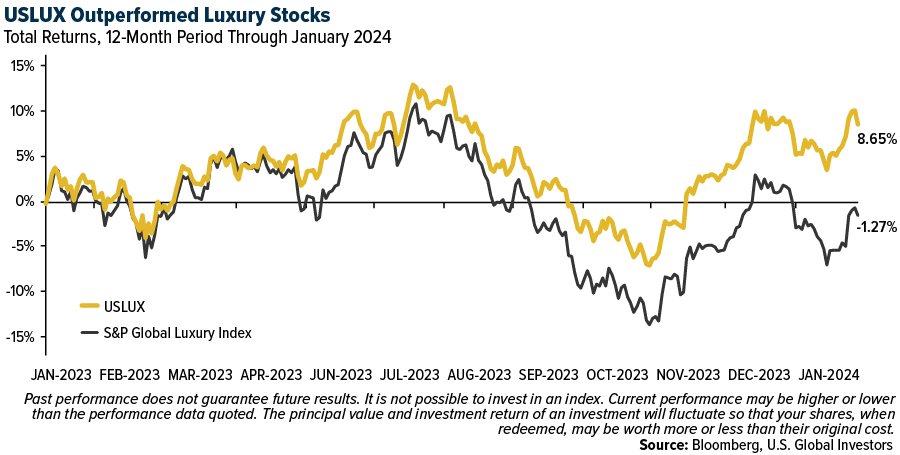According to the latest “China Luxury Report” by Bain & Company, China’s luxury market is poised for modest growth this year after a commendable 12% year-on-year increase in 2023. Looking ahead to the end of the decade, Bain estimates that Chinese consumers will represent between 35% and 40% of the global total.
This potential growth is underpinned by a surge in retail sales and tourism revenues, as well as an expanding consumer class. During the recent Lunar New Year holiday, tourism revenues surged 47.3% compared to the previous year, alongside record-breaking entertainment spending.
During the pandemic, over 90% of China’s luxury shopping occurred domestically as international borders were slammed shut. This figure is projected to fall to around 70% this year as more Chinese consumers are able to travel abroad, Bain says. Chinese luxury spending in Europe and Asia last year was 40% to 65% of 2019 levels, but this is also expected to improve.
109 Million New People Joining The Consumer Class
The global share of Asia in the personal luxury goods market has reached an impressive 38%, with China contributing the lion’s share, according to KPMG. This dominance is not only a testament to the country’s economic might but also its evolving consumer market, fueled by rising incomes and middle-class consumption. By 2030, the World Bank says, the Chinese middle class is expected to represent a staggering 70% of the country’s population, wielding considerable purchasing power and reshaping global luxury consumption patterns.
Moreover, the World Data Lab believes that 109 million people will enter the consumer class this year, despite economic slowdowns in Asia. India and China are at the forefront of this expansion, adding millions of new consumers and significantly influencing global luxury dynamics.
We are cautiously optimistic about the global personal luxury goods market, despite economic headwinds. Luxury revenues are projected to expand at a compound annual growth rate (CAGR) of 3.2% from 2023 to 2028, hitting over €311 billion by 2030. Factors such as rising disposable income, technological advancements and heightened brand awareness through social media and marketing strategies are poised to drive growth, appealing to a broader consumer base.

Gaining Access With USLUX
Investors seeking comprehensive exposure to the luxury goods industry don’t have many options. In the U.S., one of the only available luxury-focused funds is our Global Luxury Goods Fund (USLUX), which seeks to invest in companies that are involved in the design, manufacture and sale of products and services that are not considered to be essential but are highly desired.
Besides traditional luxury brands, USLUX also seeks to invest in consumer discretionary industries such as automobiles, home and office products, leisure products, recreation facilities, travel and more.

We’re very pleased with how well USLUX has performed in the past year. As you can see in the chart above, the fund was up 8.65% during the 12-month period through the end of January 2024, compared to a loss of 1.27% for the S&P Global Luxury Index.
Related: Bitcoin ETF Surge: Exploring the Potential Impact on the Gold Market


